This week saw the passing of one of the (if not THE) most influential voices behind what we know today as Marvel Comics. Stan Lee’s legacy will be dissected and debated for years to come, and it will certainly live on in the dozens of characters and concepts that he helped put out into the world. This week, the Marvel Rundown team does something a little different. First, we discuss the ongoing fruits of Stan Lee’s legacy in the form of the latest Uncanny X-Men launch; then, we take a special look back at 1963’s X-Men #1 by Lee and Jack Kirby, examining the foundation that over fifty years worth of X-books would build on.
Excelsior, Stan.
 Uncanny X-Men #1
Uncanny X-Men #1
Written by Ed Brisson, Matthew Rosenberg and Kelly Thompson
Illustrated by Mahmud Asrar, Mirko Colak, Ibraim Roberson, Mark Bagley, and Andrew Hennessy
Colored by Rachelle Rosenberg and Guru-eFX
Lettered by VC’s Joe Caramagna
Joe Grunenwald: After a few years of being astonishing, blue, gold, red, and I’m sure a few other things I can’t remember, Marvel’s merry band of mutants are finally all back together in the same title. AJ, what’d you think of the debut of the new Uncanny X-Men series?
AJ Frost: Hey Joe! Where ya going with that X-Men comic in your hand?! As I’ve shared on these digital pages many times, when it comes to the X-Men in their original habitat, I’m naught but a newbie. I don’t follow the lore too much, which makes something like this Uncanny outing nice for someone like me. The narrative dabbles in the lore for sure, but not to an extent where it gets too esoteric. This is a long book, but I think that readers of all levels of X-Men knowledge will dig it on some level. What were your initial thoughts?
Grunenwald: As a casual fan who hasn’t followed the X-titles particularly closely for a few years, I found this first issue very accessible. I confess I did have to keep the ‘roster’ page handy to refer back to when it came to keeping track of the newer group of mutants. The main feature is pretty light on lore, while the back-up features delved into some of the more obscure and/or bizarre elements of X-Men history, but not so much that they were a hinderance to my enjoyment.
Frost: It’s a heavy book without feeling like a heavy book, you know? There are a bunch of moving pieces in the ‘A’ story, while the mini-arcs included here are like nice snippets of the larger universe. Ed Brisson and the team did a great job of balancing the needs of the hardcore fans while also being accessible and accommodating for a new audience. And that’s an admirable task to do.
Grunenwald: Agreed. And with three writers on this book, I found the reading experience remarkably smooth. The lead story is credited to Brisson, Kelly Thompson, and Matthew Rosenberg, and I found myself trying to pick out which bits each of them wrote and, for the most part, not being able to do it (though there is a bit with X-23 near the beginning that I’d put money on being a Thompson contribution). The back-up feature is a set of chapters split between the writers, and even there the flow is pretty smooth from chapter to chapter.
Frost: Yeah, this is a remarkably cohesive book, all things considered. Lots of different voices and visions all somehow coalesced under this banner we call “X-Men.” As a reader, this made me focus more on the stories at-hand.
Grunenwald: If I have any complaint about the story it’s that this is, in large part, an issue of set-up. A lot of questions are asked with no real hint at what the answers might be. That said, this is the first part of a 10-part story, so I more or less expected that to be the case. I appreciated the back-up feature telling more of a self-contained story (of course, not without a tease or two), and providing some pretty solid character moments. What did you think about the art in this book?
Frost: You can’t expect resolution in a book like this. The art throughout was good, but nothing that really made me think twice about it. It did what it had to do. That sounds more down than it should be, but I’m really just trying to articulate that the art here is good, but not mystifying.
Grunenwald: That’s pretty much where I land on the art as well. It’s solid if not earth-shattering. Mahmud Asrar is definitely an action-oriented artist, and his pages come alive when people stop talking and start punching. Thankfully there’s a lot of punching in the main feature. The back-up artists were an interesting mix of styles, and I thought they fit their respective chapters well.
Frost: Agreed. But all hail Rachelle Rosenberg, colorist supreme and the unsung hero of the tale!
Grunenwald: Yes! The colors on the main story, particularly the first few pages, are really striking.
Frost: So, Joe, I have to ask you: what is your verdict here? It’s a heavy week for Marvel fans the world over and the X-Men is surely one of the now-late Stan Lee’s finest creations. Did this new addition to the saga bring anything to the table? Did it live up to the legacy of Stan & Jack?
Grunenwald: I’m not sure if it brought anything new to the table at this point. The ‘mutant vaccine’ is an interesting idea, but similar to things we’ve seen in the past. That said, I don’t mind a familiar concept if the execution is strong, and I think it definitely is here. As a book that brings all of the disparate threads of the various X-titles back under one roof, I think this is a solid first issue. It sets the stage well for what’s to come, and it made me curious to know what’s going to happen next. It’s a BUY for me. How about you?
Frost: I hear ya and I agree. I’ll go with a BUY as well, but with the caveat that this is a longer book, so readers will need to hunker down and tune out out the world to really enjoy it fully.
Grunenwald: It’s an $8 book, but you definitely get your money’s worth in my opinion.
Final Verdict: AJ and Joe both give Uncanny X-Men #1 a BUY!
Uncanny X-Men #1
Written by Stan Lee
Illustrated by Jack Kirby
Inked by Paul Reinman
Lettered by Sam Rosen
Alexander Jones: AJ, Joe, today we are here to honor the memory of Stan Lee and Jack Kirby by taking a look at the first issue of X-Men. What was your take on the inaugural installment of the series?
AJ Frost: It’s the end of an era. Stan Lee is a singular presence in the industry: ambassador of the good and symbol of the underbelly. His legacy will be complex (and best left for another time). But for now, let’s get down to what biographer will wrestle with for centuries: his actual body of work. X-Men #1 is, on the whole, an odd affair. The big Civil Rights-era themes are here and the imagination is outstanding. Some of the dialogue and narration is clunky, as was the style at the time. But a mighty empire needs solid foundation and Stan & Jack deliver mightily in this first issue.
Joe Grunenwald: If we’re going to pay tribute to Stan Lee’s legacy, there may be no better way to do it than by looking at X-Men #1. The X-Men are famous (or infamous, depending on your perspective) for a sprawling, convoluted history that’s alternately fascinating in its complexity and occasionally impenetrable. Reading Lee and Kirby’s first issue of the series, the elements of what would lead to that history are all there, and they feel remarkably fully-formed. It’s really an impressive debut.
Frost: I couldn’t agree more. X-Men #1 came at a time when the Comics Code had absolutely gutted exploration of real mature themes in the medium. The simple genius of Stan Lee, Jack Kirby, Steve Ditko, and more was to take the limitations imposed on them and grow outward. It’s remarkable material and incredibly sophisticated.
Jones: I can’t deny the analysis that both of you have provided to the issue. But I really think the issue is bogged down with a level of unwieldy exposition and simple story. The saving grace of the issue is the personality each member of the cast has. I think the intrigue and heart is what sets the comic apart from other titles. While this may not have been the greatest property from Lee and Kirby, I think they set the groundwork and inspiration for a sea of comics yet to come.
Grunenwald: There is a lot of exposition—this is a dense comic—but I chalk that up to being on-par with the way comics were written at the time. Plus, this being an introductory issue for a team book, I’m willing to cut it a little more slack. I appreciated the simplicity of the story in that respect as well. The stakes are remarkably low, but it gives each character a chance to shine. Let’s get to know the characters a bit before we get into anything too complicated.
Frost: I disagree slightly with your analysis, Joe. We’re still a long way off from making Magneto’s plight one of personal tragedy, we’re far away from the introduction of Wolverine and the dark side of Mutant culture. But even here, Lee and Kirby create a story where bigotry and prejudice against a race of people is the central conflict, not just the battle of simple good and evil. Not every element is yet in place, but the strong emphasis on characterization is already present.
Jones: I really like some of the aspects this comic was setting up, but I was disappointed slightly by the introduction of the cast members being so stale and taking up so much exposition. The story only takes the time to reference the cursory ideas behind the characters and I really have a hard time thinking that anyone in the comic had a particularly interesting backstory or characterization.
Frost: In some ways, it’s hard to be dispassionate about this particular issue. Nearly five decades of continuous storytelling have picked up the slack from any weaknesses this original story has. Without this book, the multimedia franchise juggernaut wouldn’t be possible.
Grunenwald: I see what you’re saying about not getting much backstory for the characters, Alex, but I also don’t see that as a huge problem given this is just the first issue. The characters have enough personality that I don’t mind not knowing much about their histories; in fact, it made me want to keep reading to find out more about them. The important backstory is really the mythology around what mutants are and the two sides of the argument as represented by Xavier and Magneto. I’m not saying this is a perfect comic, but I still thought it was pretty solid.
Frost: It has all the charm of a Silver Age comic: it’s goofy, it’s wild, but it’s filled with a serious message, too. To our eyes, it’s super dated. And that’s okay. As a historical artifact, it’s a valuable piece of comics history, even if the execution as a story isn’t what we expect it to be.
Jones: It is an okay introductory piece, but I still don’t think it is the best script or idea Lee and Kirby had to offer. I think the debut issues for The Amazing Spider-Man and The Fantastic Four both had an interesting set-up and premise. Both titles also have an impressive, fluid energy that goes well beyond the printed page. What did both of you think about Kirby’s art?
Frost: The panel of Iceman as a snowman is still one of the most ridiculous things I’ve ever seen. But it fits in perfectly with the bizarre nature of the mutants as beings that defy expectations.
Grunenwald: I loved that panel! And then Beast throws a bowling ball at him. I take it back, this comic is perfect. Seriously, though, Kirby is great. The art felt a little less polished than I’m used to seeing from The King, but he was also drawing a half-dozen titles a month or something so he’s allowed to have an off day, and even an off-day from Kirby is still incredibly dynamic.
Jones: I also have to say that the level of detail and bold, curious pencils really set the title apart for me. I had a great time reading the issue again and seeing what kind of framing and layouts Kirby would use. Some of the body language and expressions are really captivating and are completely ahead of their time. I would have a hard time not recommending the work and love how loose it is.
Frost: This is peak Kirby, so not much to critique. I’m curious though…what version of the first issue did you read? I read Ed Piskor’s recoloring as included in the first trade of X-Men: Grand Design, so the colors were probably more in line with the original newsprint version of the book.
Grunenwald: I read the first issue in a digital Marvel Masterworks collection, so I couldn’t tell you how faithful the colors were to what was originally printed, or how they compare to Piskor’s recoloring. (The first X-Men Marvel Masterworks is only $5.99 on Comixology right now. I can’t wait to read the other nine issues in that collection.) Any final thoughts on this book, gentlemen?
Frost: What can really be said? Uncanny X-Men #1 is more than just a simple comic. It’s the beginning of a tectonic shift in ensemble storytelling. Where we would be as a culture today without the X-Men being featured on endless products, movies, and television programs? This is the genesis of a pop cultural phenomenon almost without peer in any media. It’s fascinating to see the humble roots as envisioned by the genius of Stan and Jack.
Grunenwald: It’s kind of impossible to ‘review’ something like Uncanny X-Men #1 given how ubiquitous the characters have become in the more than half-century since their debut. Attempting to divorce the book from that baggage, I still found it to be a really entertaining read, and it made me want to read more, so that has to count for something. It’s a testament to Lee and Kirby that these characters have endured for so long.
Jones: While I don’t find it to be the most interesting script or Lee/Kirby collaboration around, there’s definitely an intriguing tone in this debut. The simplistic dialogue and characters are endearing and charming like a nice, fuzzy blanket. This issue definitely merits your undivided attention especially thanks to the insane Kirby art and the naive yet charming script.
Next week, Carnage is reborn!


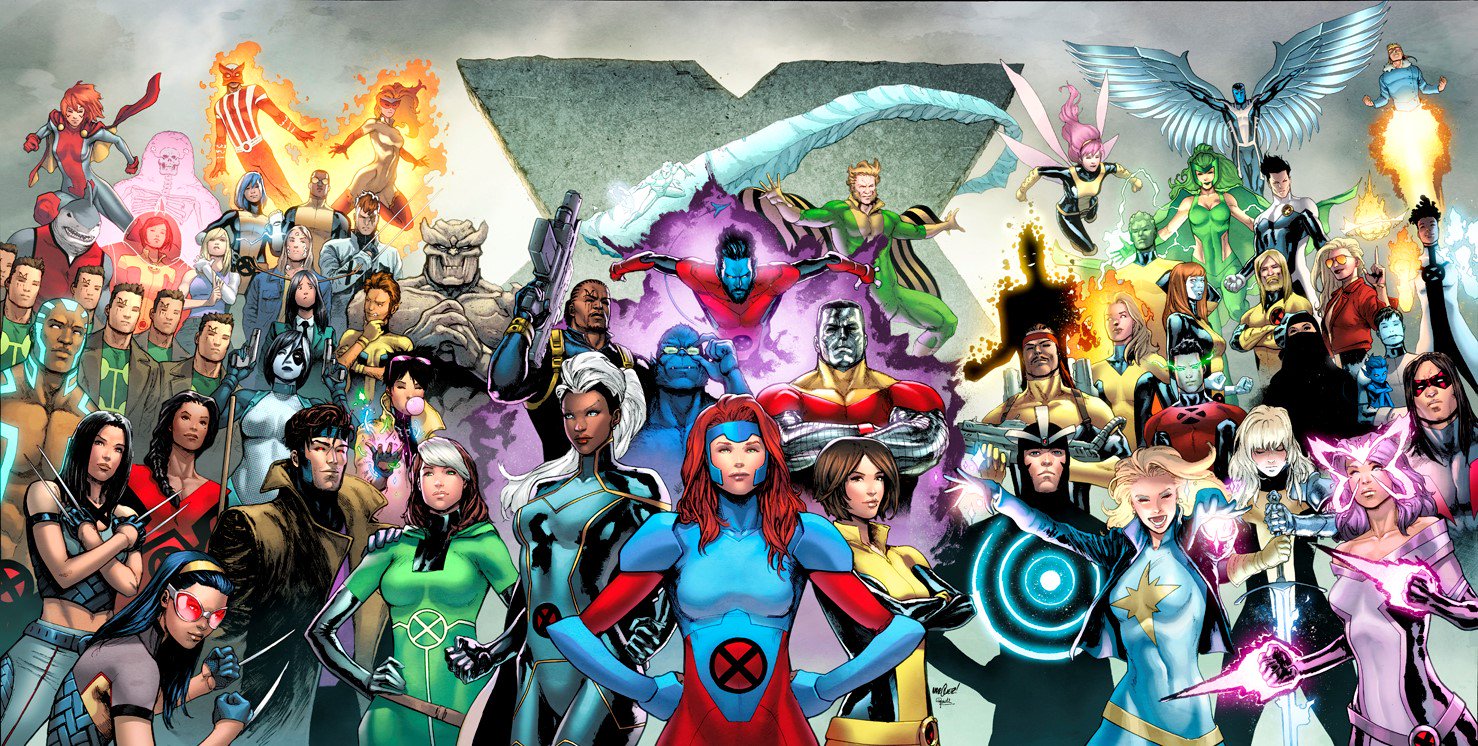
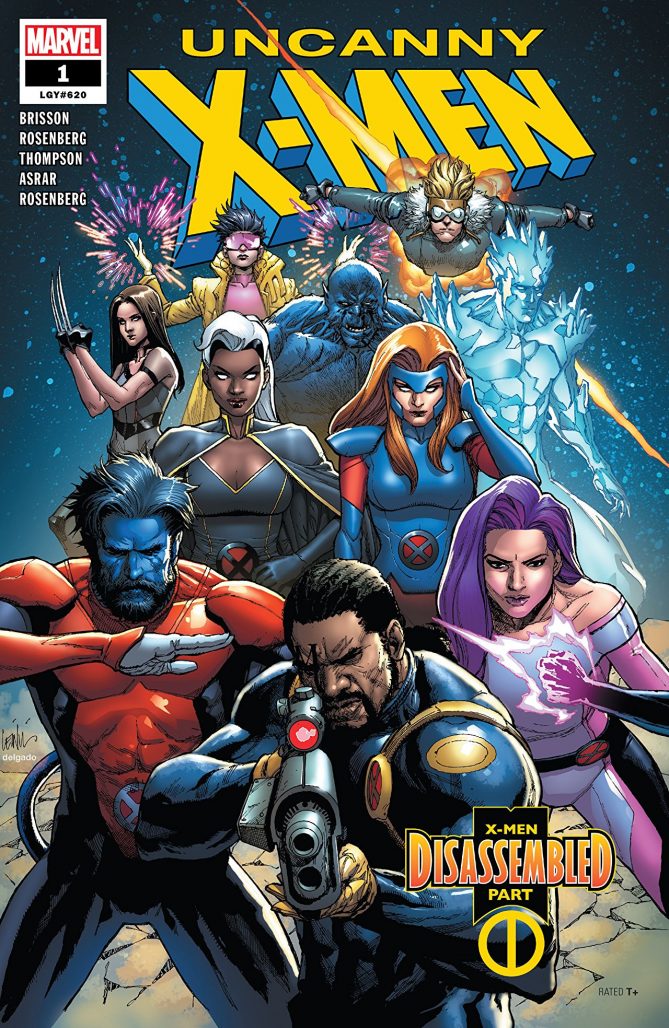

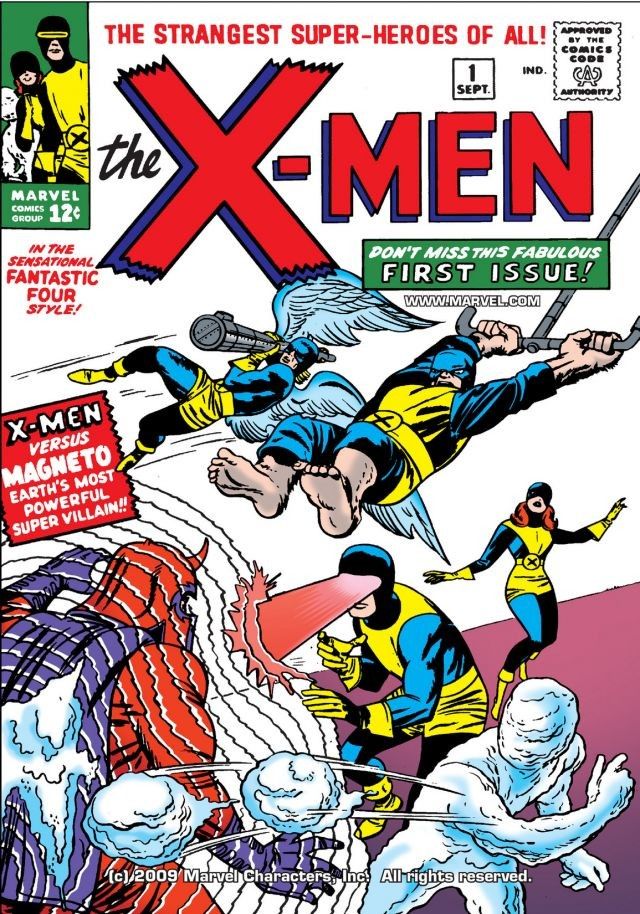
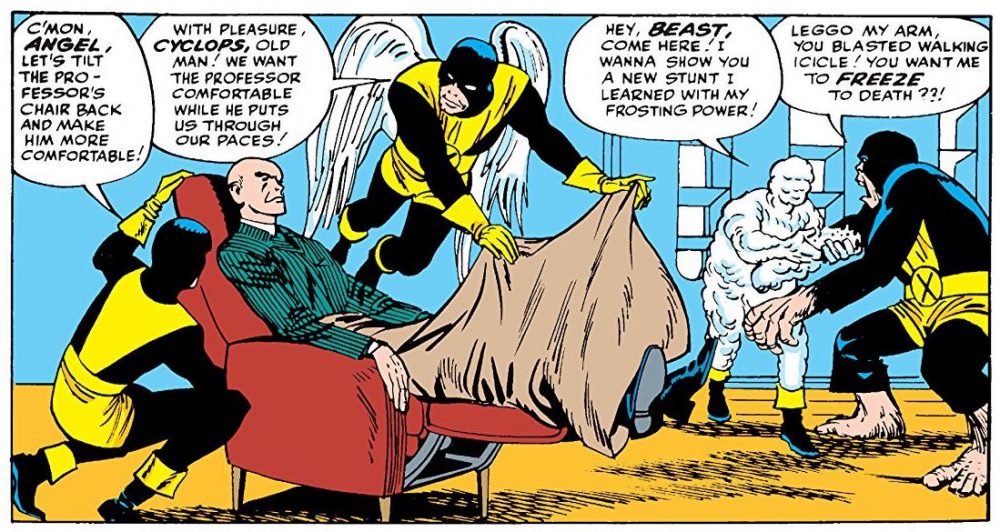


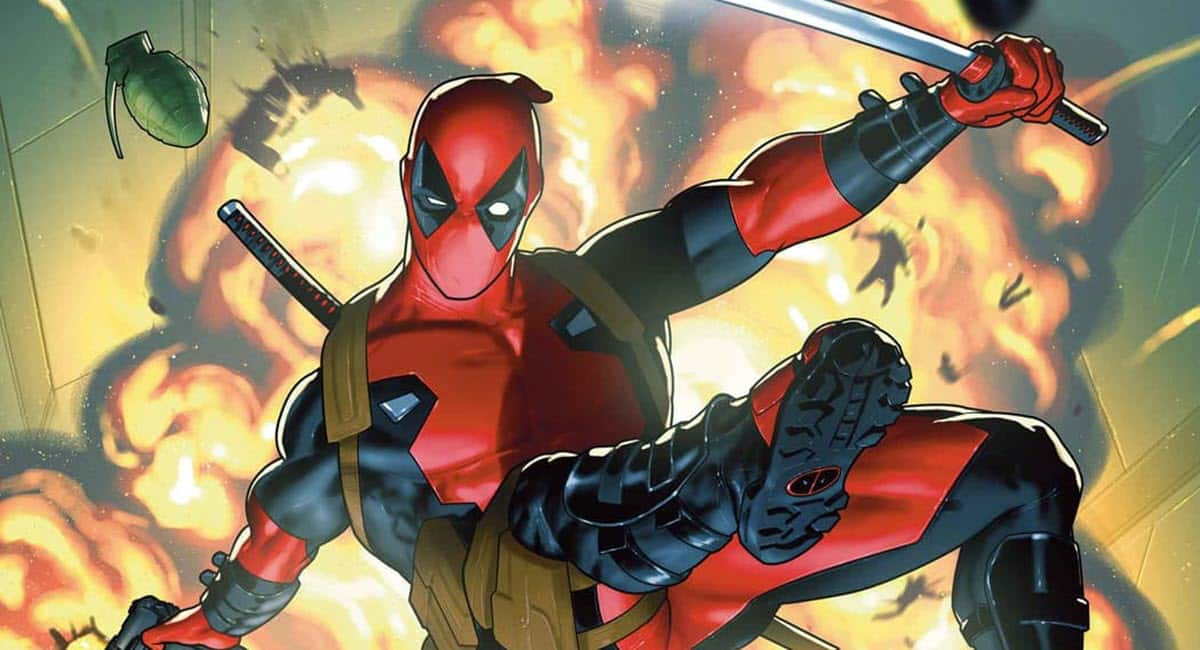


Can’t tell that how much I loved this X-Men series. It is awesome. Hope you watched It’s movie.
Comments are closed.